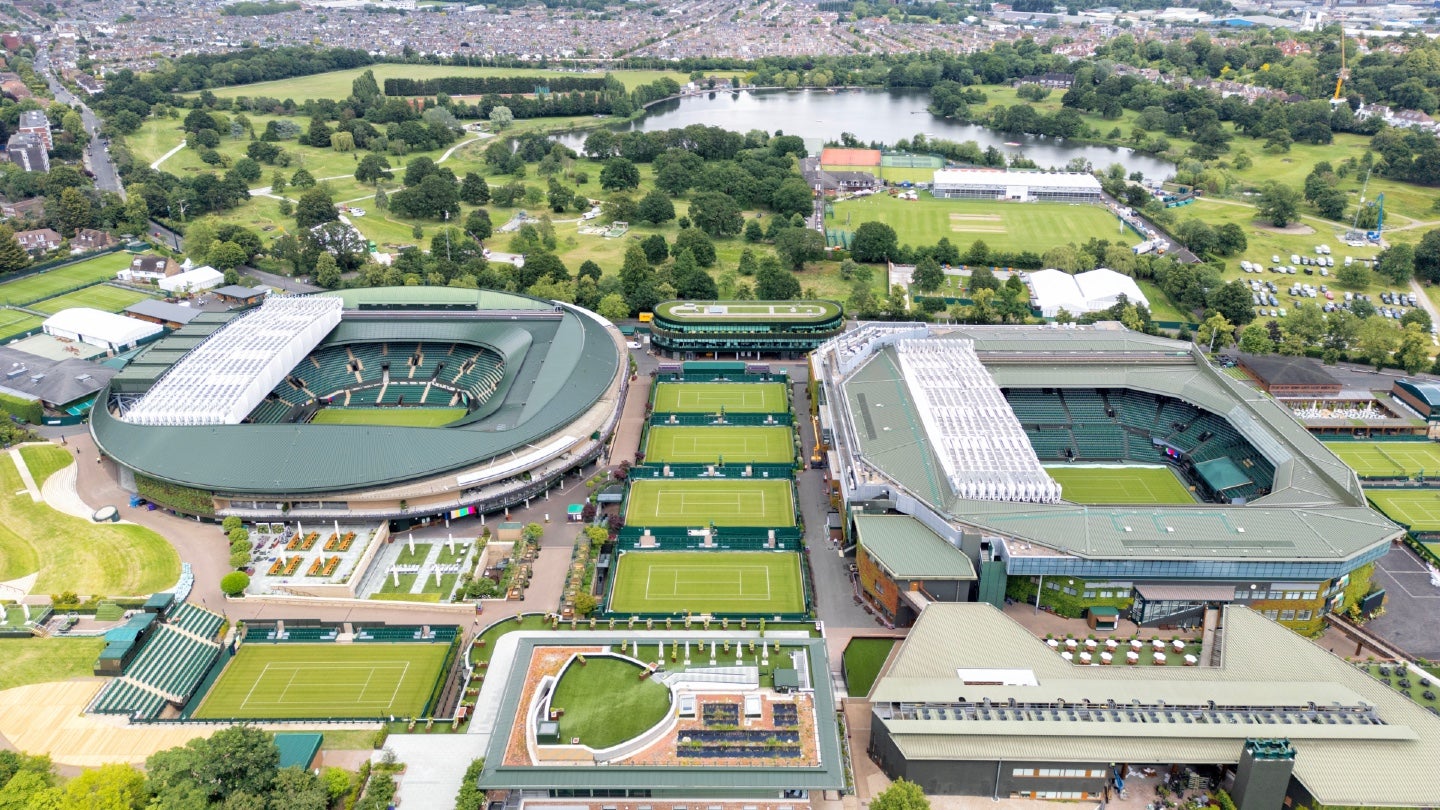
Plans by the iconic All England Lawn and Tennis Club (AELC) organisation to build 39 new tennis courts on protected land in London have been controversially approved.
The AELTC, which runs the prestigious annual grass court Wimbledon Championships in southwest London, secured approval from the deputy mayor of London, Jules Pipe, with the new courts set to be built on land next to the existing Wimbledon premises.
In explaining his reasoning behind the decision, Pipe said: “As is widely accepted, Wimbledon is the most prestigious tournament in world tennis, which attracts a global audience, visitors, and contributes to London's brand in terms of culture, sporting heritage and as a visitor destination.
“I consider the proposal would be important in helping secure the future of these Championships in this location.”
Through a lengthy report, the Greater London Authority (GLA) outlined “very significant economic benefit to the London and UK-wide economy.”
The AELTC had long called for an expansion in terms of courts, as this would allow qualifying for the grand slam tournament to be held on-site, instead of in Roehampton, and would result in an increase of spectators. In addition, a new show court with a roof would be built.

US Tariffs are shifting - will you react or anticipate?
Don’t let policy changes catch you off guard. Stay proactive with real-time data and expert analysis.
By GlobalDataQualifying currently happens on-site at the other three tennis grand slam events – in Melbourne, Paris, and New York.
The AELTC has said the new courts will allow for up to 50,000 people being able to enter the grounds each day during the main fortnight of Wimbledon, which takes place annually during July.
The organisation first bought the land in December 2018, from the Wimbledon Park Golf Club, before submitting a planning application for the new courts to the relevant local authorities.
However, after it was approved by one and refused by another – Wandsworth Council – it was then sent to the GLA to decide the outcome in January this year. Then, in April, the AELTC sent in revised plans, which allowed for the creation of an additional swathe of public parkland.
Now, after hearing arguments from both sides earlier this month, Pipe has given the project the green light.
Deborah Jevans, chair of the AELTC, said: “Clearly we are very, very pleased – it has been a long journey to this point. Equally, there is a journey to go through before we start to build.”
She added that in terms of a timescale: ”Our ambition, if everything falls into place, is that we could see tennis balls being hit on that site between 2030 and 2033.”
However, the plans are still encountering significant local opposition, both from resident groups and local politicians, who are concerned about building on what is currently open parkland.
The general issues revolve around extra traffic and noise, as well as the perceived environmental impact.
In its report, the GLA, however, found there would not be “unacceptable effects on the environment that would warrant refusal.”
The AELTC has also said that seven of the 39 new courts will be made available to the local community during the summer months around the championships.
While this is not necessarily the end of the story, and the plans could still be subject to judicial review, the odds are now stacked against those who oppose the new courts.



